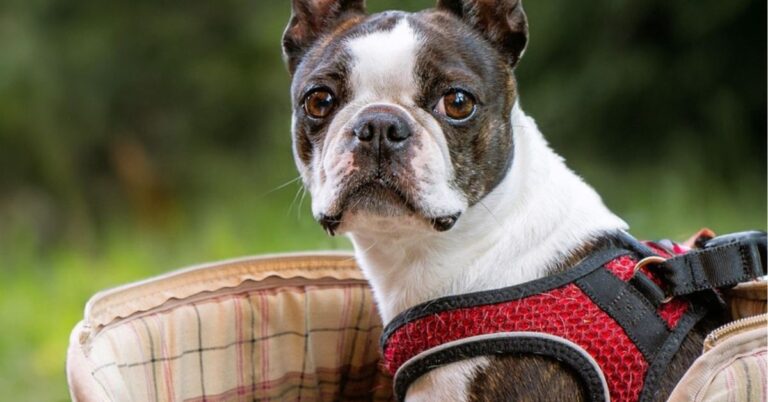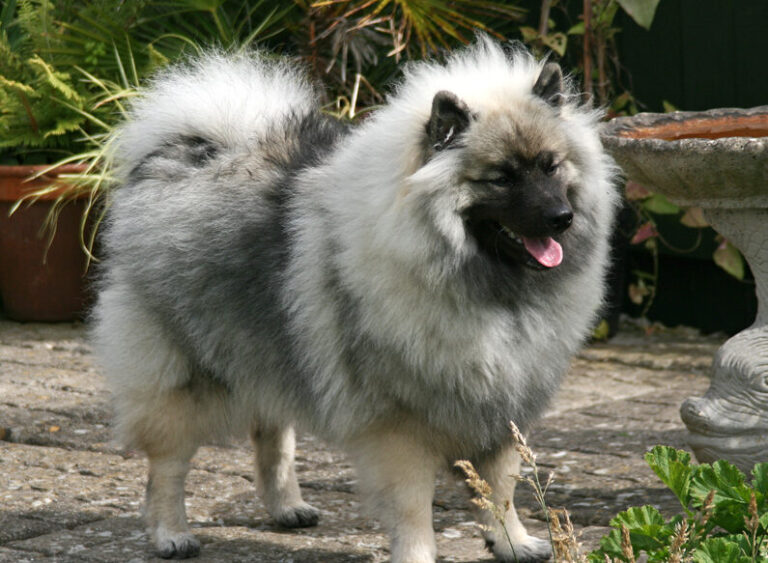20 Fascinating Roles Dogs Played In Ancient Egyptian Life
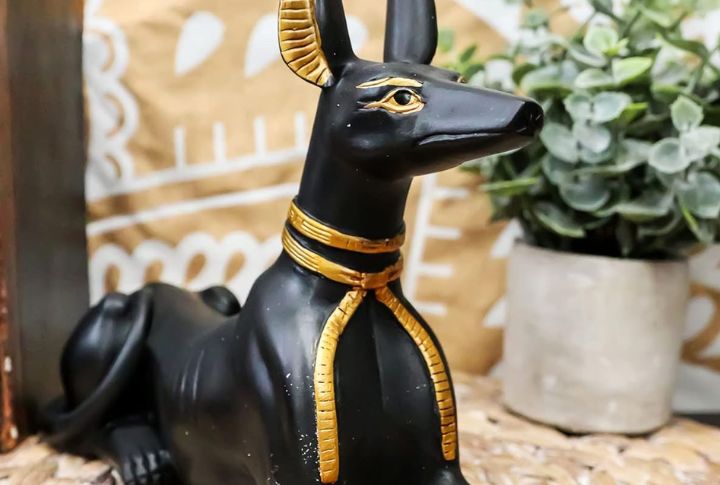
Dogs meant much more to ancient Egyptians than we might imagine. Their presence left marks in tombs and texts that still raise eyebrows today. What made these creatures so significant? The answer lies in roles few would expect. Explore how dogs earned rank and ritual in one of history’s most powerful civilizations.
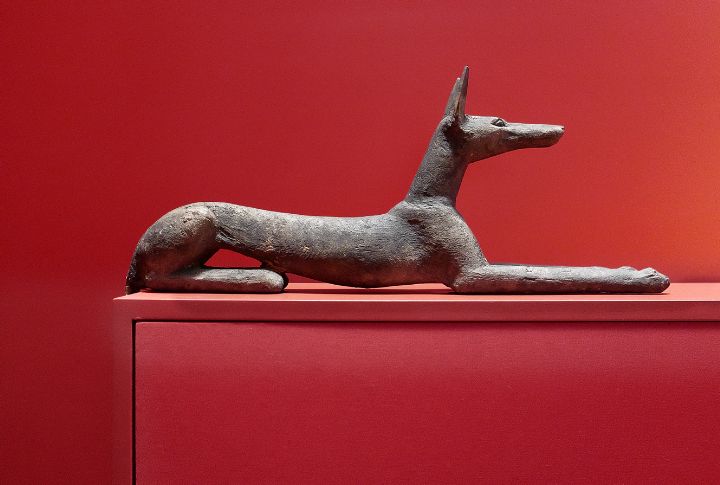
Anubis, the jackal-headed deity, was revered as the guardian of the dead in the afterlife. He oversaw heart-weighing ceremonies, deciding a soul’s fate. Black skin symbolized preservation and rebirth. He was considered a protector of graves due to jackals’ presence near cemeteries.
The Opener Of The Ways

Often called a pathfinder for the soul, Wepwawet helped the deceased journey into the afterlife. He appeared as a jackal or wolf and cleared roads for pharaohs in war and death. Wepwawet’s cult center was in Asyut, known as Lycopolis or “City of Wolves” in Greek.
The Royal Guard Dog
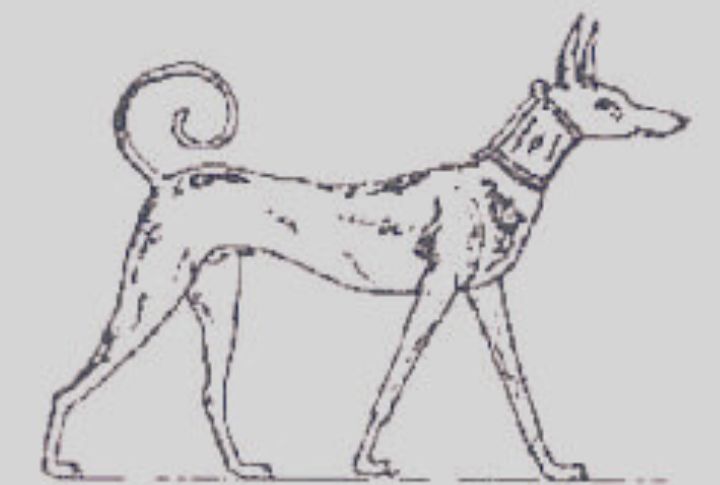
Archaeologists found Abuwtiyuw’s burial, marked by a royal decree. Abuwtiyuw was a royal guard dog from the Sixth Dynasty, and carvings describe the dog’s loyal service. Like a Tesem breed, its honored demise proved that certain dogs held elite status in ancient Egyptian society.
Canine Companions In The Afterlife
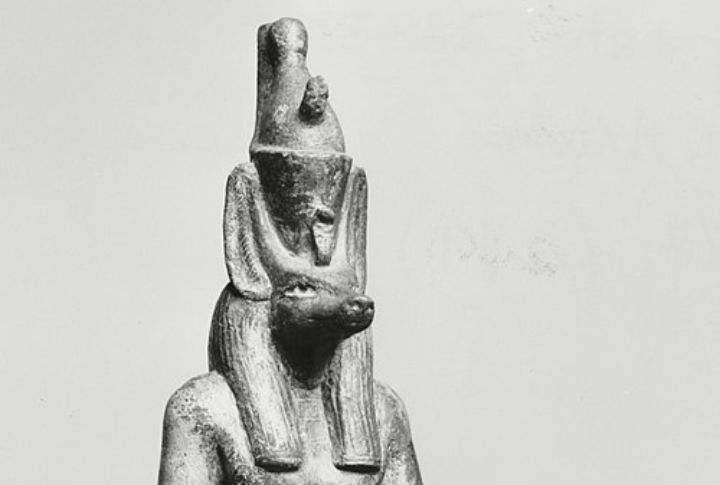
Dogs weren’t just beloved pets—they were spiritual guardians. Some were mummified or buried with their owners, others guided souls through the underworld. Temples even housed sacred dogs, possibly as avatars of Anubis. Their bond with death may have originated from jackals roaming cemeteries.
Guardians Of The Home And Hearth
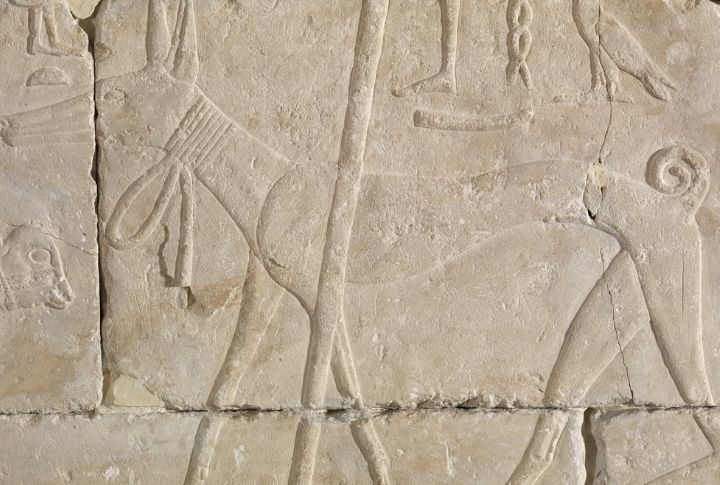
Egyptians valued dogs as everyday protectors. Trained to guard homes, fields, and livestock, dogs barked warnings and chased off intruders. Household art often shows dogs under chairs, signifying loyalty. Names like “Protector” or “Good Shepherd” reflected their important role in daily domestic life.
Sacred Dog Breeds Of Ancient Egypt
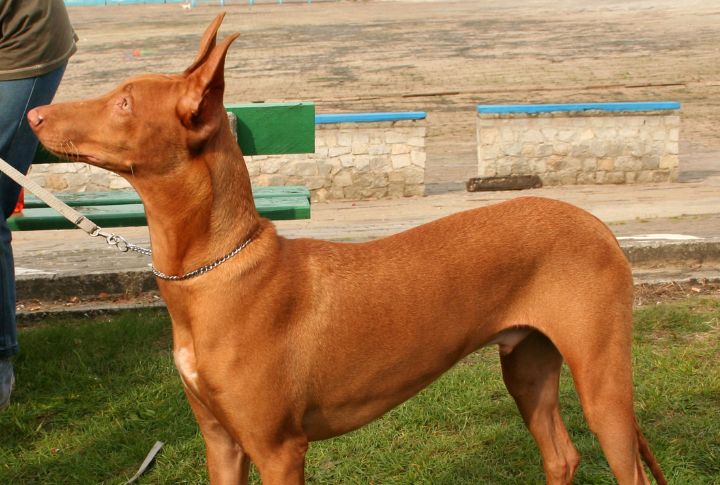
Pharaoh Hounds, Basenji, and Salukis lived in palaces and temples. Known for speed and intelligence, these breeds hunted game and guarded property. Some individuals had unusual traits, such as “blushing” noses or silent vocalizations. Carvings show sleek, upright-eared dogs accompanying royals and appearing in ceremonial roles.
Dogs In Art And Hieroglyphics
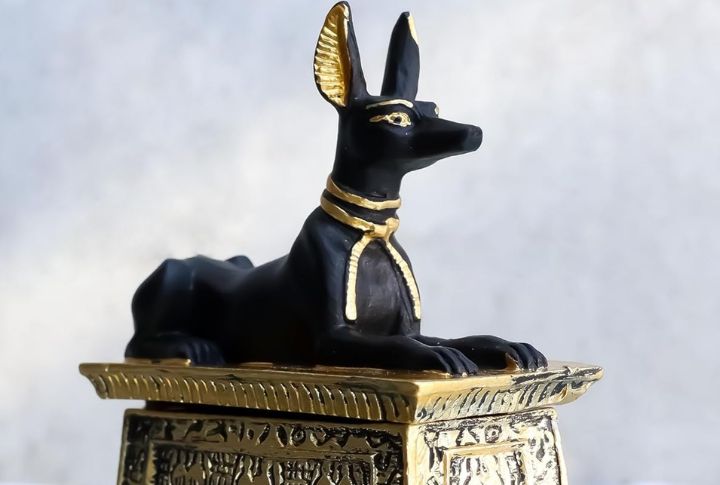
Dogs appeared widely in ancient Egyptian art. Paintings and hieroglyphs show them as loyal companions. Mirrors even depict women cradling puppies. Scenes often place dogs beneath chairs or leading hunts. Inscriptions reveal over 80 distinct dog names, proving their strong presence in both personal and cultural life.
Mourning Rituals For Deceased Dogs

Grieving families followed rituals when a dog died. Eyebrow shaving signaled mourning. Some dogs were buried with coffins and grave goods. Elite dogs were even mummified. These practices reflected a deep affection and confirmed that ancient Egyptians viewed pets as emotionally important members of their households.
Dogs As Symbols Of Divine Femininity
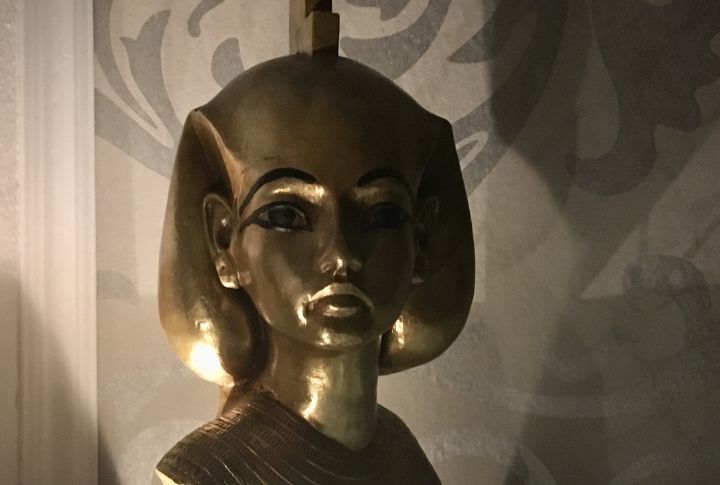
Certain dogs were associated with goddesses like Isis, who represented fertility and protection. Artistic depictions and ceremonial roles reinforced this association. Many scholars interpret these links as spiritual expressions of nurturing power. The presence of female deities with canine traits points to deep symbolic integration.
Dogs In Religious Rituals And Offerings

Ceremonies honoring gods such as Anubis included dogs as sacred offerings. Temples raised dogs specifically for ritual sacrifice, during which priests presented food and gifts. These acts were believed to secure divine favor. Archaeological evidence confirms dogs had an active role in temple worship.
Dogs As Military And Police Aides
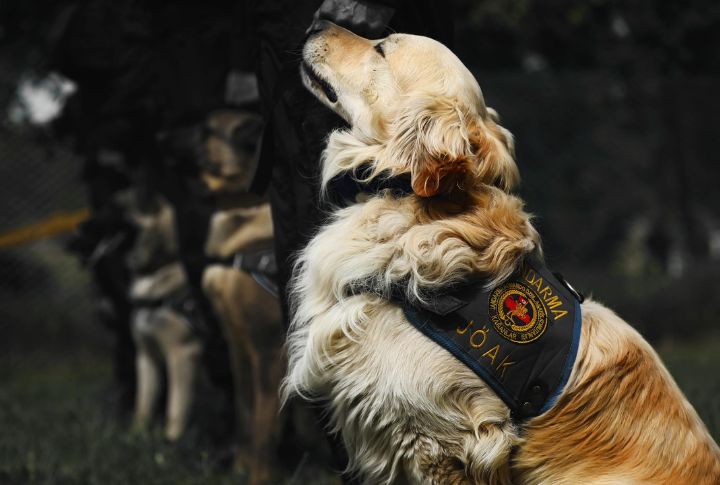
Military units and city guards relied on dogs for defense and patrol. Their senses helped detect threats and maintain order. Battle scenes sometimes show dogs running with soldiers. Their speed and awareness made them essential tools for both war zones and law enforcement duties.
Dogs In Hunting Expeditions
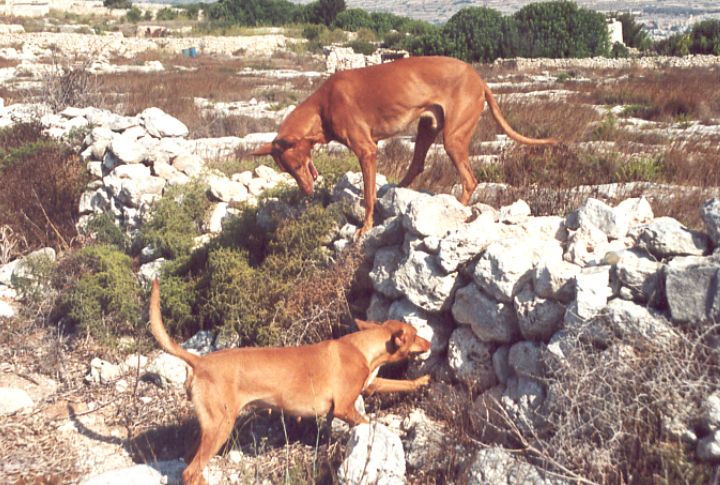
Hunters brought dogs into marshes and deserts to track and retrieve game. Tomb paintings display dogs leading successful chases. Specific breeds excelled in locating prey and responding to whistle commands. Wealthy nobles prized hunting dogs and often had them depicted in outdoor scenes.
Dogs As Symbols Of Loyalty And Devotion
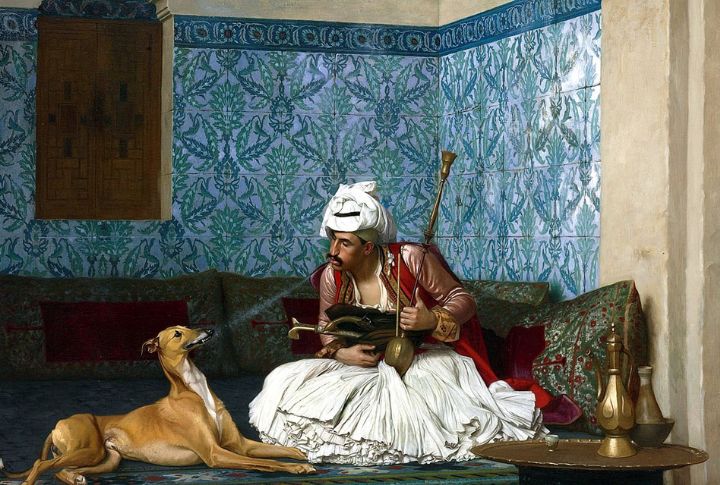
Loyalty was one of the most praised canine traits. Inscriptions mention dogs staying close to their masters in life and after. Paintings show dogs under chairs or walking beside owners. Ancient Egyptians often named dogs after virtues like “Reliable” or “Brave One” to reflect character.
Mummified Dogs And Canine Cemeteries

Excavations have found eight million mummified dogs buried in sacred necropolises. Many were interred near Anubis temples, especially at Saqqara. Puppies raised for sacrifice filled large tombs. Linen-wrapped remains, burial jars, and ceremonial treatment proved that dogs received ritual honors in organized funerary practices.
Named And Cherished Like Family
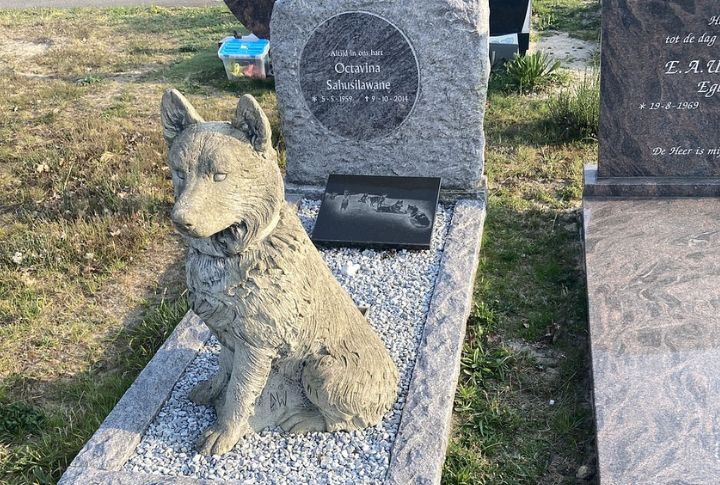
Ancient Egyptians named their dogs and recorded them in tombs and on stelae. Names like “Blacky,” “The Barker,” and “Useless” showed personality traits. More than 80 unique names have been deciphered. This practice reflected emotional bonds between people and animals within daily life.
Dog Amulets For Protection
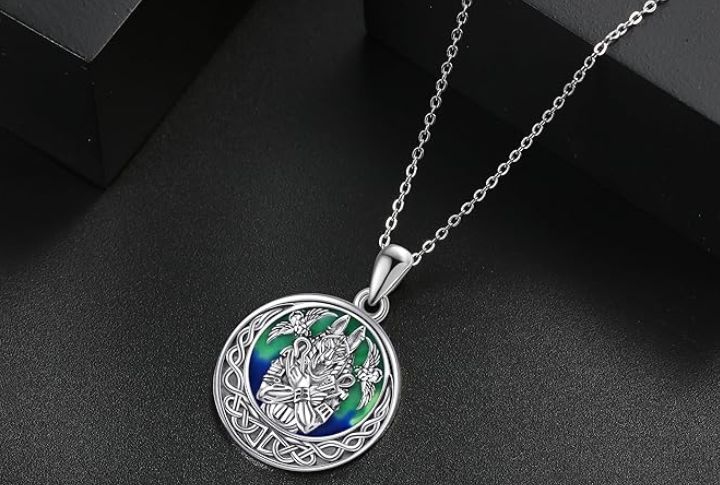
Amulets shaped like dogs were worn to ward off danger and bring safety. Often crafted from faience or precious stone, these charms were popular among children and pregnant women. People also placed dog amulets in graves. Protective symbolism linked these artifacts to health and guardianship.
Dogs As Status Symbols
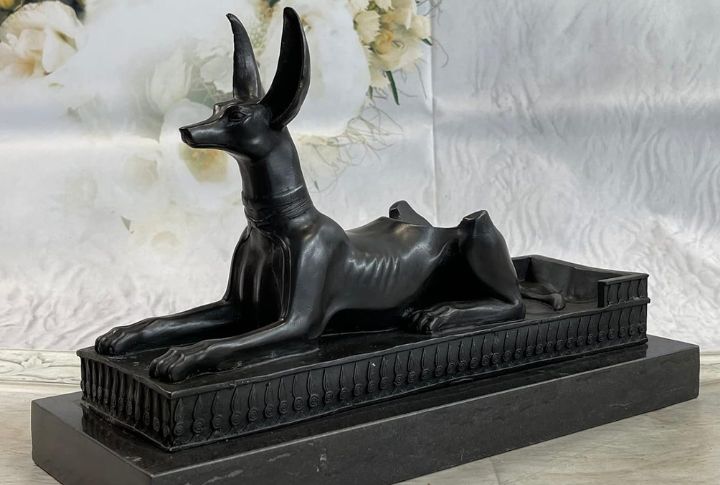
Nobles displayed their wealth through their ownership of dogs. Lavish collars and ornate burial chambers accompanied prized pets. Dog appearances in art and ceremonial hunts marked their high social standing. Certain breeds were reserved for elites. These animals reflected companionship and enhanced the owner’s social image.
Dogs As Emotional Companions

Dogs were more than protectors or hunters. One tomb inscription referred to a dog as “the one who was always by my side.” Ancient art shows gentle interactions. Some dogs received food and care similar to that of family members. These details reveal strong emotional bonds between pets and their owners.
Dog Figurines In Household Shrines
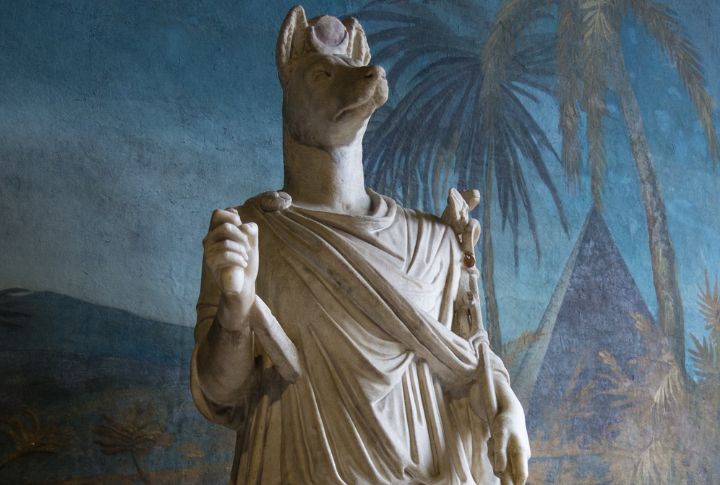
Miniature dog statues were often placed in home altars to invoke protection and prosperity. Figurines carved from clay or ivory symbolized loyalty, and wealthy families commissioned custom representations of beloved pets. Some items doubled as toys or teaching tools. Shrines reinforced the spiritual and personal value of dogs.
Dogs As Models For Royal Imagery
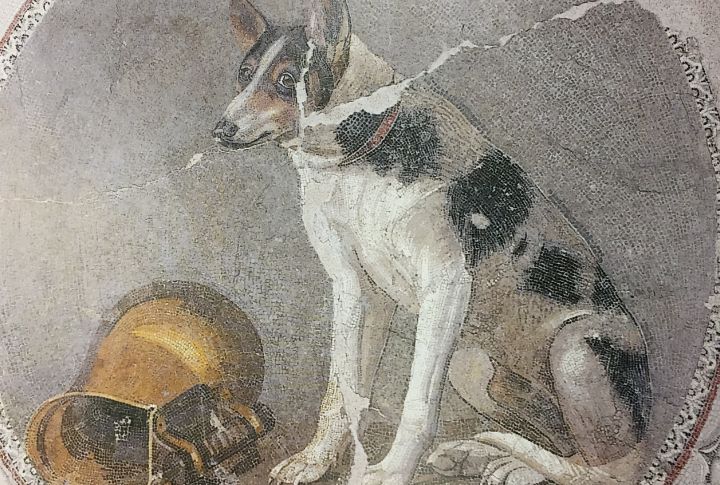
Pharaohs used dog traits in official art to suggest courage and dominance. Dogs appeared chasing enemies in hunting scenes. Some rulers claimed their “bite” was more powerful than a hound’s. These images promoted strength and discipline, aligning dogs with symbols of the military and leadership.

